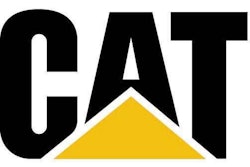
It was the 90’s and another period of learning how to be a manager for me. It was my first opportunity to lead a medium-size company as president and CEO. The company specialized in exploration, mining and continuous production of industrial minerals. It was a company with three processing facilities, multiple mining locations and distribution throughout North America.

Many of the employees were well-trained and highly competent. In fact, I was only the second president of this company, which was founded in 1945. My challenge was to take advantage of the high-growth opportunity related to export markets and move the company to the next phase of business.
This necessitated greater employee engagement. So, an executive management team was formed for strategic thinking about the future direction of the company.
Asking for input on how best to use our resources and what new resources would be necessary to arm the mission, resulted in making a decision to undertake a Total Quality Management Initiative. This became the cornerstone for changing the way employees worked.
We also developed and adopted the Six Management Actions, which changed the culture from “It’s okay as it is” to “How can we do it better”. It took a couple of years of regular training, several process improvement teams and frequent and timely reporting (feedback) on results before the Six Management Actions became a normal way of working.









